Intro
Most of our gear reviews and conversations at Blister have the goal of helping you, our audience, figure out what gear might work best for you and your particular preferences, circumstances, etc. We spend less time discussing what we personally like, and what we personally use out on the mountain or trail.
Still, it can be fun (and sometimes, maybe, even illuminating) to occasionally shrug off the cloak of objectivity and just talk about what we personally use and enjoy. That’s why we’ve got our “Best Of” awards in our annual Winter Buyer’s Guide, our annual Reviewer Ski-Quiver Selections, and now, this new series: What We’re Wearing.
We sort of teased this concept in our Layering 101 article, but in short, we’re going to have several of our reviewers run us through their head-to-toe kits for this winter. We’ll let each individual go into as much detail as they want, and given that we’re constantly testing new gear, we fully expect their answers to be fluid and likely to change over time. But for now, this is how our reviewers will be outfitted once the lifts start spinning and skin tracks begin forming in the backcountry.
[For our usual, less subjective thoughts on apparel, accessories, etc., see our 23/24 Winter Buyer’s Guide, our reviews on the site, or become a Blister Member and send us your gear questions via the Blister Member Clubhouse.]
Luke Koppa recently added his thoughts, and next up is our senior editor, bootfitter, and veteran outdoor retail worker, Kara Williard.
Background: Kara Williard
I spend most of my mid-winter days skiing at Crested Butte Mountain Resort, and a handful of days touring the expansive backyard around the Gunnison Valley. Between currently skiing around Crested Butte and growing up skiing Taos Ski Valley, I’d say roughly 80-90% of my total ski days throughout my lifetime have been relatively sunny and dry.
That said, my partner is an AMGA Ski Guide who spends his winters in various locales (e.g., Antarctica, Japan, and Alaska), and when I am lucky enough, he often finds ways for me to tag along for portions of these adventures. So while most of my choices for ‘what I’m wearing’ are oriented toward the majority of days at my home base, I do consider versatility for traveling, as well as durability, to be important deciding factors.
Resort Skiing Kit
When it comes to resort skiing, there are certain staples that I stick to religiously, things like my ski socks, helmets, and baselayers. On the other hand, I wouldn’t say I am extremely particular when it comes to my outerwear, and am always willing to switch it up and try something new. I mostly want to be comfortable and have the protection I need based on the day, and I do give quite a bit of priority to aesthetics if I am being honest.
(1) Resort Baselayers
I am pretty open to most baselayers for resort skiing and typically calibrate which one I choose based on the temperatures and conditions for a given day. Mostly, I really want to avoid overheating.
The baselayer kit that I have spent the most time in over the years and that has proven both incredibly durable and well-suited for a wide range of conditions is the Corbeaux Centennial Pant and the Crew Long-Sleeve Shirt. This is a fairly lightweight combo and one that I find pretty ideal for a majority of ski days. It’s a soft and silky recycled polyester material, and after several years of pretty extensive use, they are holding up exceptionally well.
As far as baselayer tops go, I also often use a slightly warmer alternative, the Arc’teryx Rho Hoody. This is a great option for either resort or backcountry days, and I particularly love the soft, thin, but also fleece-like feel of the fabric (which still wicks and breathes pretty well). It also has a really cozy, tall neckline and comfortable hood. On cold resort days, I find this to do a great job of keeping the cold air out of my collar / neck area. The collar can be pulled up over the nose and the hood offers coverage comparable to a full balaclava.
On the really cold days, my go-to choices are Corbeaux’s “Expedition weight” baselayers, which are some of the warmest I’ve tried. In particular, I have spent a lot of time in their Denali Crew and Denali Pant. I have definitely regretted wearing these on some days when it was warmer than expected, but on the frigid and often windy days of December and January, there have been countless resort days when a heavier baselayer like the Denali has made plenty of sense and kept me feeling toasty.
(2) Resort Midlayers / Insulation
I probably only wear a dedicated, separate midlayer about 50% of the time in the resort, and of those days, probably only about half are spent in a traditionally puffy / batted-insulation jacket. More often than not, I am layering with a lighter fleece piece like the Flylow Katinka Hoody or Norrona Falketind Alpha 120 Zip Hood. I first became a fan of this type of layering system at Taos Ski Valley, where I would find myself headed up hike-access terrain just about every other lap. Since then, I have grown accustomed to the lack of bulk and good breathability of lighter, thinner midlayers.
On the colder days when I need more warmth than a fleece can provide, my go-to options have been the Flylow Mia Jacket and Outdoor Research Shadow Hoody. These are both fairly lightweight and breathe better than the puffy jackets of old, but still offer pretty substantial insulation.
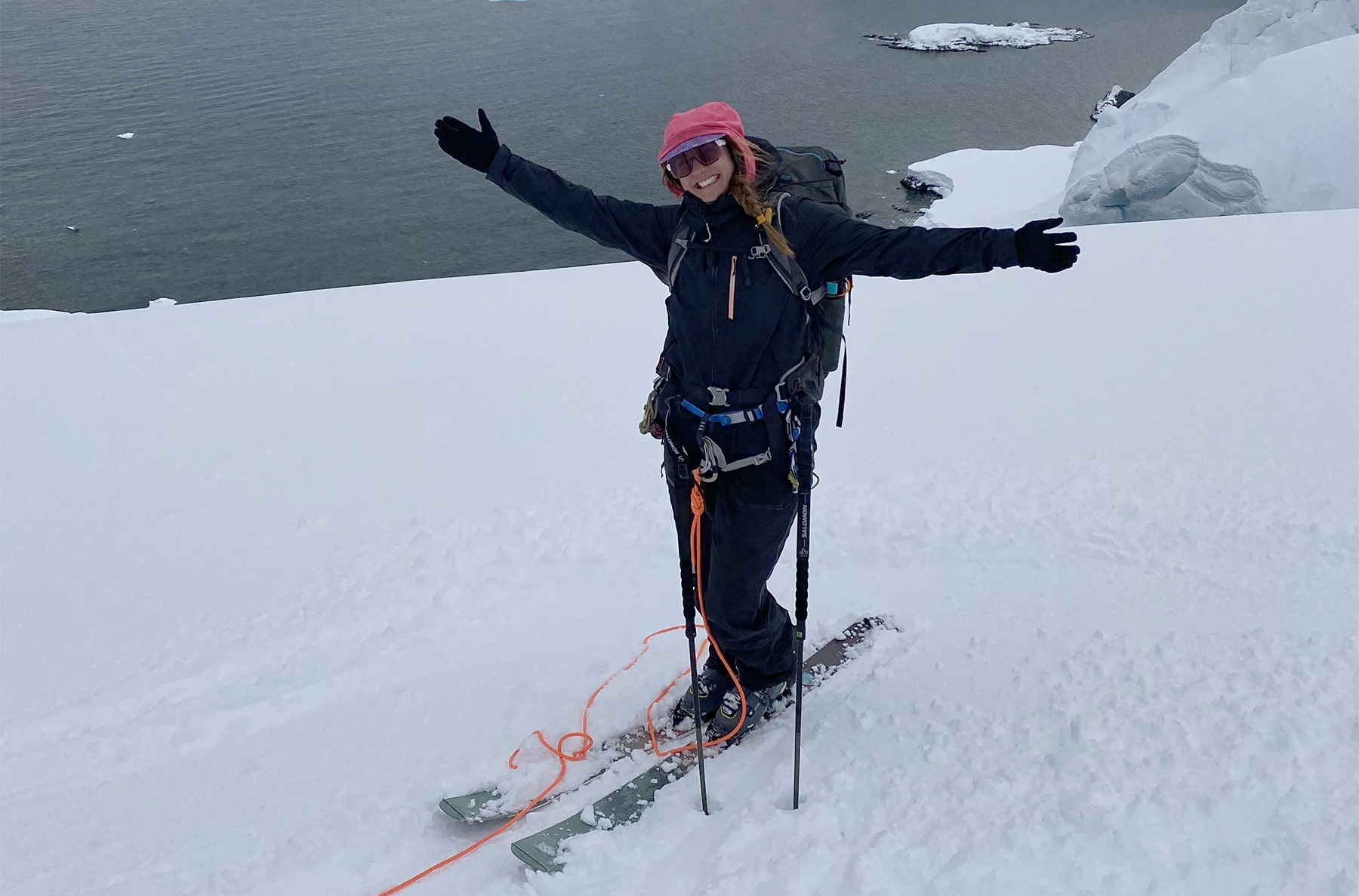
On exceptionally cold days I would opt for a more traditional puffy jacket like the Patagonia Nano Puff or Patagonia Micro Puff, which offer a bit more warmth than the Mia and Shadow, at the cost of breathability. Very rarely (maybe 1-2 days a year) you will catch me in a full-on down jacket beneath my shell, but temperatures have to be in the negatives for me to warrant that type of layer.
(3) Resort Shells
My go-to resort kit has looked somewhat similar for years now, mostly because I have spent the majority of my days in the Flylow Foxy Bib and Lucy Jacket. The main variations have come in swapping out the Foxy for the slightly more boot-cut Moxie Bib, or the Lucy Jacket for the burlier and even heavier-duty Billie Coat.
These Flylow pieces are my current favorites for three reasons. Firstly, for their fit. The Foxy and Moxie Bibs have always fit me the best. They are plenty long in the inseam, spacious enough for great mobility, but also not too baggy. Similarly, the Lucy Jacket and Billie Coat fit me well in both a Medium or Large, depending on what type of layering I am going for.
Next, there’s the durability. My first pair of Flylow Foxy Bibs had over 300 ski days on them, and realistically, they are still going strong (after several repairs and patches). From a technical perspective, I find these Flylow pieces to be plenty protective, particularly in cold winds or storm days, while still providing plenty of breathability and options for venting. I have spent a ton of time skiing in these pieces and really have few complaints. One of the few is that I sometimes wish the fabric were just a little more supple and flexible feeling, which is where this next kit comes in.
As of last year, there are two other kits that I have spent a ton of time in and really enjoyed that I also see as viable resort kits. The Trew Chariot Bib PRIMO and Stella Jacket PRIMO are right in line with what I love about the Flylow pieces mentioned above. The PRIMO kit is comfortable, durable, and versatile for a range of temperatures and conditions. I also really like all the features of this kit, namely the ample pocket space, which is great for resort days.
Lastly, another top contender was the Patagonia Snowdrifter Jacket and Bib combo, which has been my favorite outerwear pair in terms of comfort. That said, I do hesitate on this one because it’s certainly not as durable as many of the aforementioned Flylow pieces, and the fit is much baggier. All said, it has been a great option for most days on resort, I just don’t love the fit quite as much.
(4) Balaclava / Neck Tube
If you pay close enough attention to our photos and videos, you might start to notice that I always *try* to match my Skida neck warmer to my outerwear kit. While this ability to match with countless fun patterns may have been what first drew me to Skida neck tubes, it’s their supremely soft fabric, versatile weight, breathability, and durability that made me truly loyal.
Some of my Skida neck warmers have been washed upwards of 50 times and while they may have faded a tiny bit, they are just as soft. I am pretty sensitive as to what material is touching my face, particularly in cold and windy conditions, so something this soft is important.
On cold days, I will wear a BlackStrap balaclava, often layered with a neck warmer. This balaclava is great for locking a bit more heat in around my head (especially my ears), and it’s made a huge difference on really cold days (say -10ºF with windchill).
(5) Gloves / Mitts
I have spent time in a broad range of gloves and mitts throughout the past several years, and this has resulted in having a sort of glove quiver where I rely on several options, depending on the day and conditions.
Most often, I opt for a midweight, insulated leather glove like the Black Diamond Spark Glove. It’s a simple but warm-enough glove that provides great dexterity. I use this glove for resort and touring days alike, and I appreciate that it provides a pretty snug fit and allows me to do quite a bit without having to take off the glove.
My hands and feet are (unsurprisingly) the coldest parts of my body and generally require a bit more care and warmth than just about anything else. On really cold days, I have been a huge fan of the Gordini Polar Mitt. It is a very warm mitten and can cause me to overheat on less-frigid days. But on the days that do justify wearing it, I have loved how warm and insulative this mitt is, and after three seasons of use, it has proven quite durable. It’s a pretty thick mitt and definitely doesn’t lend itself to much other than keeping my hands super warm, but it does a great job of this and I am glad to have it in my glove quiver.
I also sometimes just prefer a mitt, but on days when the Gordini Polar Mitt would be overkill, I opt for the Swany Calvin Mitt. This is an insulated leather mitt that is more breathable and offers far better dexterity than the Polar Mitt, making it a good option for a lot of storm days or colder days. I have used this mitt extensively for the past 3-4 seasons and it has held up reasonably well, though I have had to re-waterproof it and there are now a couple of holes in the interior of the mitten.
On warmer spring days, I will opt for a pretty simplistic leather glove such as the classic Flylow Tough Guy Glove. We recently got a bunch of Flylow’s overhauled glove collection, so stay tuned for more about those pieces this season.
(6) Ski Socks
I only wear one model of ski sock, with one exception. 95% of the time, you’ll find me in the Bridgedale Ultra Fit. I have been pretty loyal to this sock for the past 8-9 years. It’s ultra thin, but does a great job of wicking moisture. More than anything, it doesn’t add volume to my already super-snug ski boot fit and provides a really smooth, seamless, and uniform fit. It’s one of the few socks that I haven’t had any issues with in terms of rubbing or abrasion. And despite how thin it is, each pair has lasted a very respectable amount of time.
To be totally honest, I am not the best at washing my ski socks very often, especially in the heart of ski season. Given that, I have always been impressed by the Bridgedale Ultra Fit’s ability to mitigate odor and continue to feel comfortable, even when it’s a few days dirty.
The aforementioned exception to this 1-sock quiver is when it’s really cold and the safety of my toes is a concern above all else; in those instances, I have been appreciating the Therm-ic V2 UNI S-1200 Sock Set (a heated sock). For the past two seasons, I have been relying on these socks for cold days and I’ve been really impressed. It’s a pretty simple heating system and the sock itself meets the mark as far as being somewhat thin, anatomical, and good at wicking moisture.
The Thermic S-1200 is certainly thicker than the sock I am used to for all other days, but the sustained warmth offered by the battery packs is well worth it for certain temperatures and scenarios. The battery packs themselves are quite sleek, easy to attach, easy to charge, and have worked for the past two seasons with no issues so far. I have also washed the sock itself plenty of times, and all told, the system is working great. On cold days I have found the highest setting to last about 4-5 hours, but with the setting below that, I can easily get the battery packs to last all day.
(7) Goggles
I love trying out different goggles and have spent time in a few pairs that I really liked the last couple of seasons. The biggest priorities for me are good lens options for both low light and bright days, absolutely no fogging, good integration with my helmet, and comfort. I suppose I also care quite a bit about how they look, too…
I think the Smith 4D Mag has my favorite lens-change system and they’re probably my favorite goggles in general. The 4D Mag fits my face well, provides good periphery vision (and especially good downward field of view), does a good job of not fogging on me, and I have found several lenses that I like depending on the day.
Another favorite of mine is the SPY Marauder Elite with their Happy Boost lenses. As far as optics go, I think this goggle offers the best optical quality of any I’ve tested. It offers slightly better breathability than the Smith 4D Mag, though it also sticks out a bit farther off my face.
Last season, I also spent a lot of time in the 100% Norg Goggle. 100% goggles look a little different, probably due to their moto-inspired background, but I ended up being much more impressed by these goggles than I originally thought. The lens-swapping system is magnetic and super simple. Both lenses are mirrored and seem to give a pretty good range as far as variable light conditions go; I really liked the hue and visibility offered by the low-light lens, the Hyper Gold. I don’t have tons of days in these goggles so I haven’t been able to really gauge how the foam breaks down or if I start to experience any issues with fogging, but through many stormy days last season, I was impressed.
(8) Helmet
For the past six or seven seasons, I have mostly been wearing Pret helmets. The main reason is that they fit the shape of my head the best and, as a result, are extremely comfortable. This past season I spent most of my time in the Vision X. This helmet is pretty feature-laden in comparison to the more stripped-down Lyric X2 and Cynic, which I have previously used.
The Vision X offers ample options for venting, which is definitely the biggest upgrade from the Lyric and Cynic. On the flip side, with all the vents closed, I find this helmet to be quite warm and it does a good job of protecting my ears and keeping out the cold air. I also appreciate that all Pret helmets are built with MIPS, are fairly lightweight, and seem to integrate quite well with almost any goggles I try them with.
Most of their models are also pretty simple and sleek in terms of aesthetics, which I appreciate. And again, they are so comfortable for my head in particular; the Vision X is one of the helmets I notice the least while on my head, which is exactly what I want.
Backcountry Touring Kit
In the middle of the season, I don’t spend tons of time going uphill, relative to the amount of time I spend testing skis in the resort. When I do opt to go touring, it can range from a quick post-work lap on the resort to fairly long tours in the backyard (3-4 hours) and often longer outings while traveling. Most of what works well for me in the resort seems to transfer reasonably well to the backcountry, given what those days often look like, but there have been several trips where I have really had to switch up my layering system to account for some unfamiliar climates, such as in Japan, Alaska, or… Antarctica.
So a lot of my favorites translate reasonably well to the touring world, with a few caveats.
(1) Touring Baselayers
I wouldn’t change much, here. The Corbeaux Centenntiel Pant and Crew LS Shirt are still among my top picks. But I make sure my baselayer always has a hood while touring, mostly for sun and wind protection. The Arc’teryx Rho has been a favorite, but I also have a couple of pretty old and well-loved Arc’teryx Rho Zip Necks (previously known as the Rho LT Zip neck). The Zip neck is a great option for letting some air into the chest during high-output activities, but still maintains some good sun protection via the hood. The microfleece is super soft and comfortable and feels great against the skin. I have also been impressed with the multiday odor control and wicking capabilities.
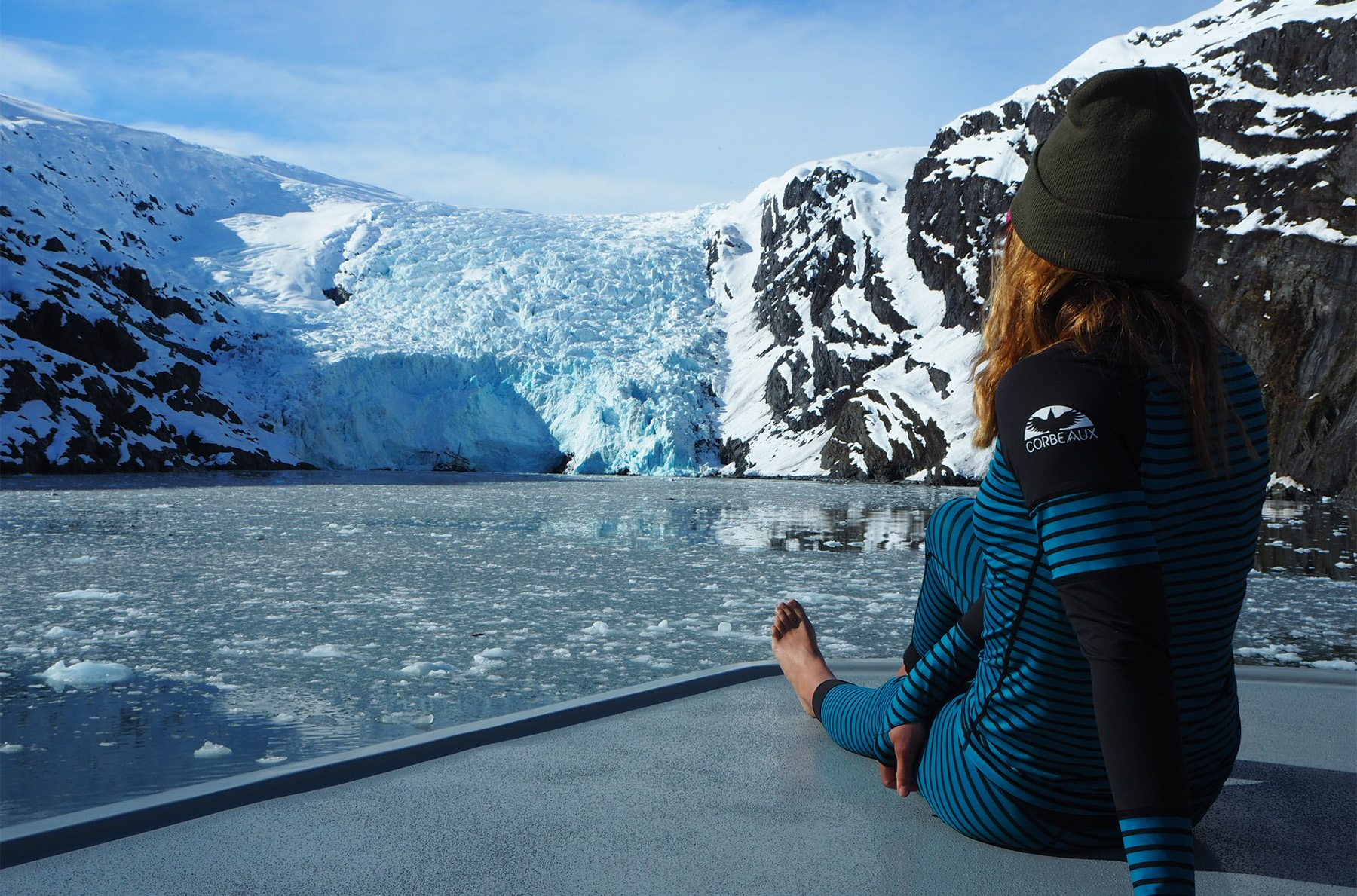
(2) Touring Midlayers / Insulators
I don’t skin in a midlayer very often, but I always have at least one very warm emergency layer in my pack, along with something like the Patagonia Micro Puff or a good down jacket. I get pretty cold when transitioning, especially if I have been sweating a lot, so a pretty roomy insulator that I can easily throw on while transitioning and then stuff back in the pack has proven critical on more than one occasion. I.e., my insulators for touring are mostly going to be used while sedentary / during transitions. For a long time, this was the Flylow Betty Down Jacket, but this season I will be bringing along Flylow’s all-new Lynx Jacket, so stay tuned for more on that.
(3) Touring Shells
Similar to what I said about my resort outerwear, my main priorities with touring shells are fit, function, and fashion. Depending on the situation, I often find myself touring in the same kits that I spent my resort days in, but especially for longer outings and warmer weather, I’ll switch to something lighter and more breathable. I have spent a good bit of time in the Flylow Siren Bib and Domino Jacket over the years, from the original iteration to the current version. I really like this kit. It’s notably more breathable than something like the Flylow Moxie or Billie Coat, but it still offers great protection against the elements and has a more supple and comfortable fabric for sustained movement. It’s also quite a bit lighter.
The Siren Bib and Domino Jacket are also so comfortable that I often am inclined to wear them in the resort, but try to minimize that since these shells aren’t quite as durable as the heavier and burlier options (Lucy Jacket, Billie Coat, or Foxy / Moxie Bibs). The Patagonia Snowdrifter is another solid option that transfers great from resort to backcountry use. It’s lightweight, comfortable to move in, and substantial in terms of waterproofing and breathability, but again, the fit of the Flylow Siren Bib and Domino Jacket works a little better for me.
(4) Touring Headwear
I often just keep my regular, go-to resort helmet and preferred goggles in my touring backpack. I don’t mind ascending in the Pret Lyric or Cynic, but have found that I prefer the Vision X for its easier venting options.
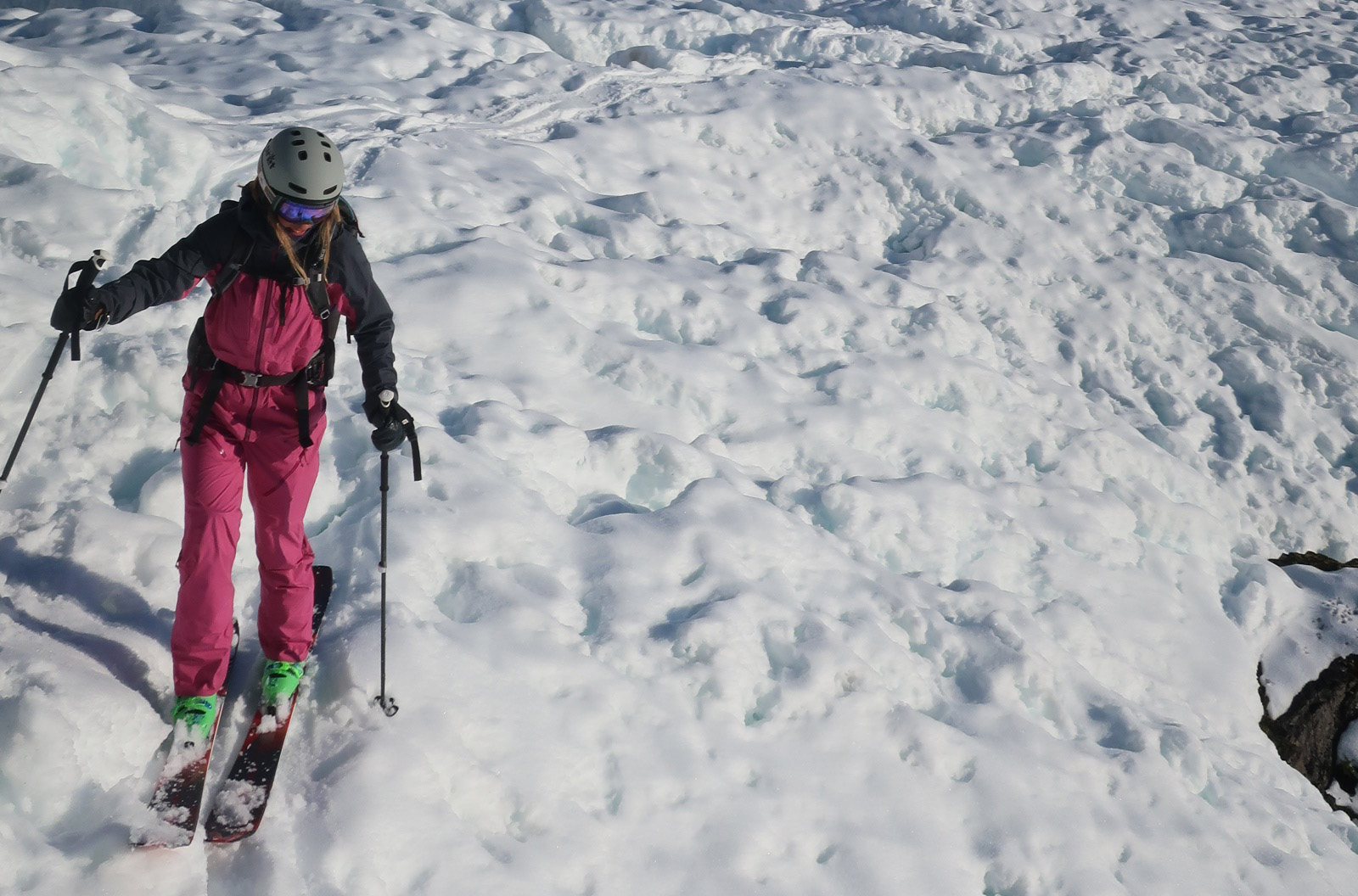
On more casual tours, I will often wear my Smith Wildcat sunglasses and a Skida Brim Hat. The Skida Brim Hat is super packable, lightweight, comfortable, and easily fits underneath a helmet.
As far as the Wildcat sunglasses go, they offer good protection, have an easy lens change system that I have become quite accustomed to while alternating between three different lenses depending on the day, and have proven durable after three years of year-round use. I have yet to invest in or try many options in the glacier-glasses category, though, on more than one trip, this would have been a good thing to have.
(5) Touring Gloves
I love a lightweight and breathable glove for touring, and I find that I can dump a lot of heat on the ascent if my glove allows my hands to breathe. I have tried several soft-shell-esque gloves over the years, and I think my favorite is the Outdoor Research Vigor Lightweight Glove.
On the descents, I will typically wear my Black Diamond Spark Gloves. And depending on the day or objective, I will often bring a pretty warm and heavy-duty glove in my touring pack, mostly as a backup option for when things don’t go according to plan; this is usually either the Swany Calvin Mitt or (on very cold days or long objectives) the Gordini Polar Mitt.
(6) Other Touring Accessories
I don’t have too much to add, here, but I will say I have become a big fan of the Backcountry Access Stash 32 Backpack. I think it’s just a very good overall design for ski touring. It lets you access your gear from the back or front, and its large hip pockets are great for items like sunscreen and snacks. It fits me well and is a pretty low-profile design, despite how much I can fit in it. I also appreciate the exterior helmet carry solution.
It’s one of the better backcountry packs I have used in terms of keeping things organized while also not feeling too bulky or like you have to go through a ton of closures to get to a particular piece of gear. It’s not the lightest, but I think its overall layout is well-thought-out and it fits quite securely on my back, to the point where I don’t notice it shifting, even while skiing.
I’ll leave it at that for now, but keep an eye out from additions from other folks on our review team!

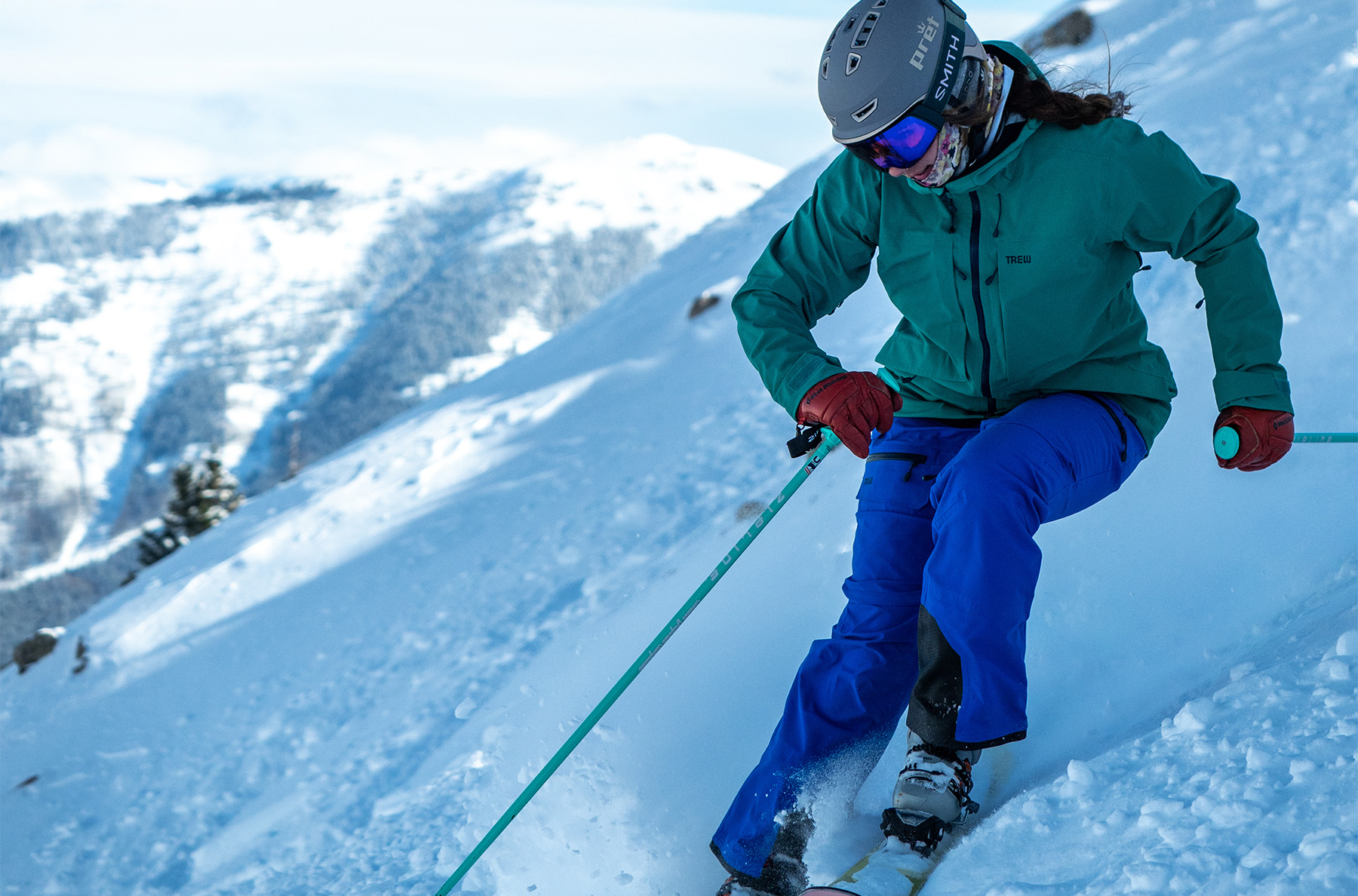
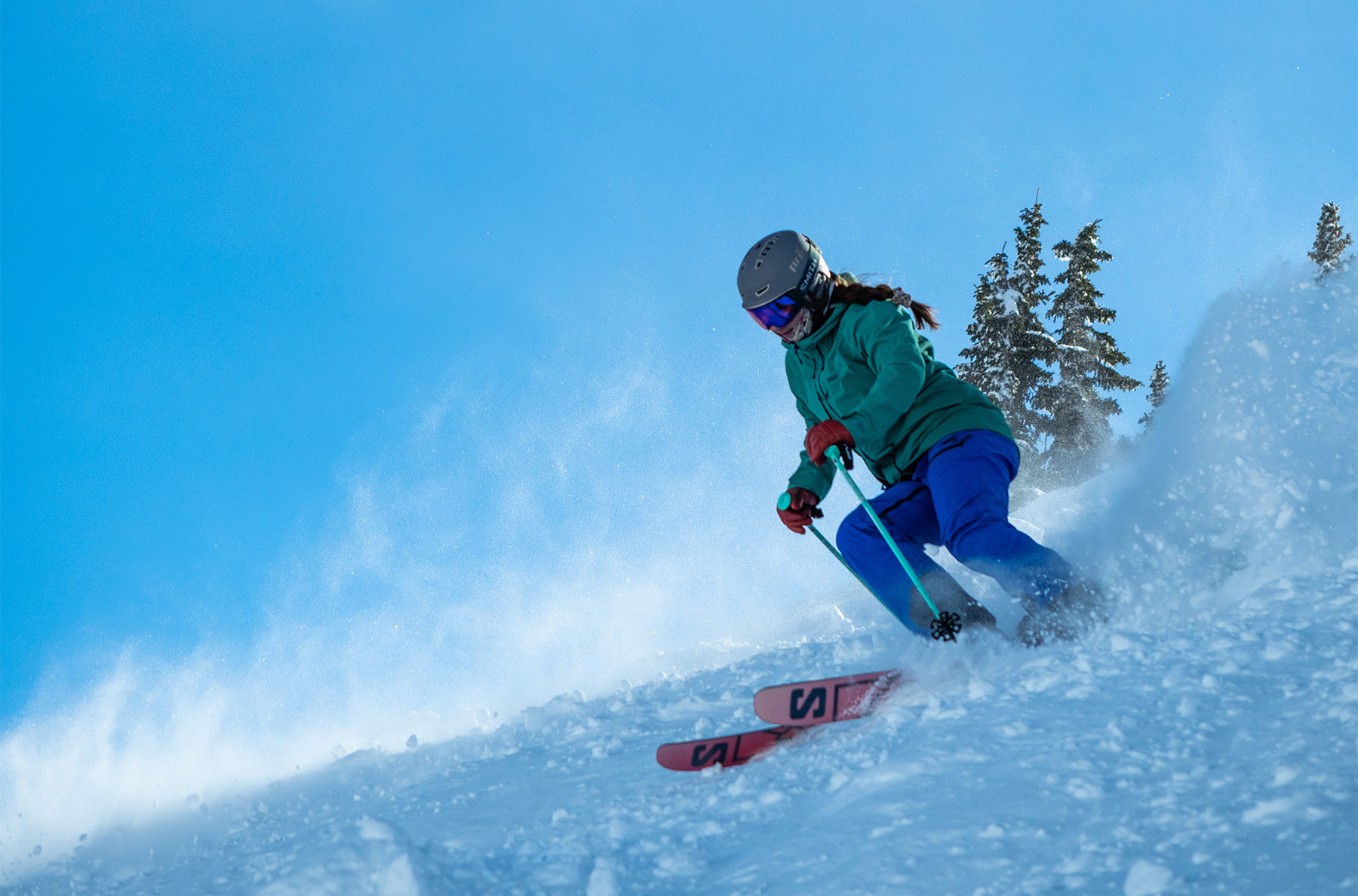


Thanks for this Kara, find these very helpful particularly in terms of thinking about layering options. Also good to hear about some brands that don’t make it to EU e.g. Corbeaux was new to me. If I read it right you are mostly skiing in a baselayer and shell with an additional layer of varying insulation depending upon temps? I tend to overheat a bit too and so invariably end up skiing with a backpack so i can swap layers through the day. For Sunglasses for touring I use Sun God’s. Growing brand in the US and a great set of athletes across sports e.g. Courtney DeWalter!